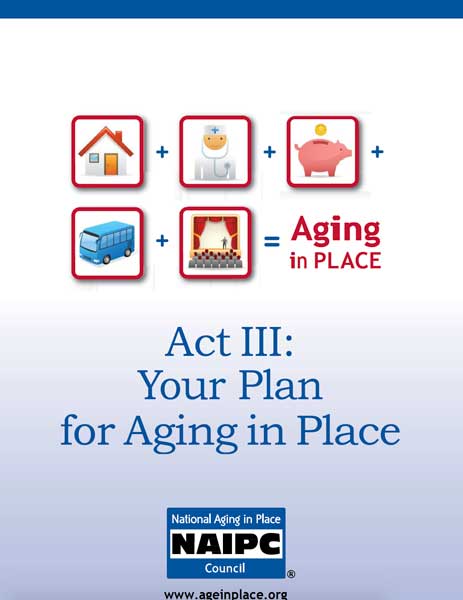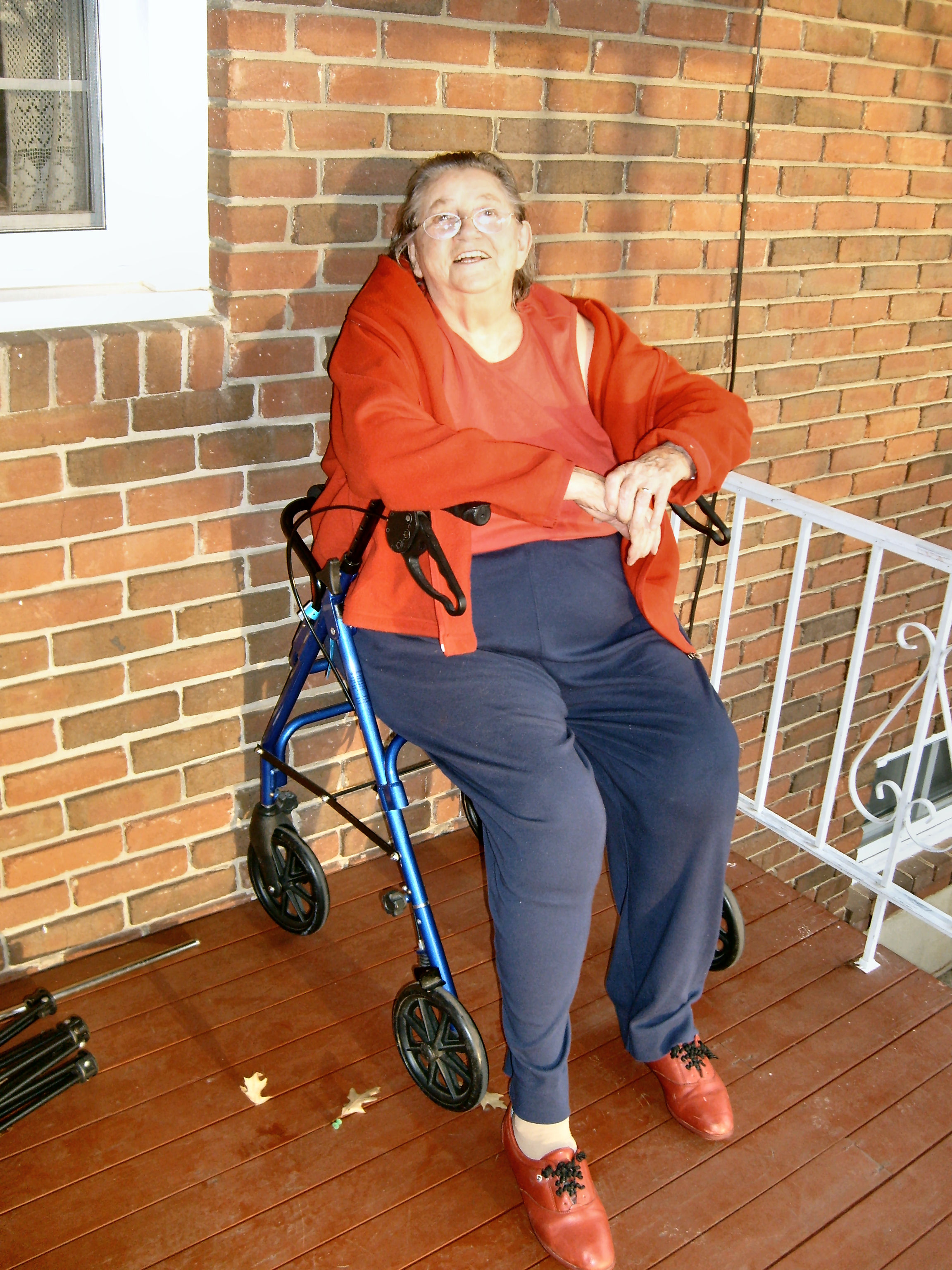Generally speaking, most people thank of remodeling or home modifications as being expensive. Without question, many of the solutions that we talk about in Housing Matters can be costly. There are, however, many effective aging in place solutions that are surprisingly affordable.
A Baltimore area study being conducted by the Johns Hopkins School of Nursing is looking at how six visits from an occupational therapist, four visits from a nurse, and just over a thousand dollars worth of home modifications can improve someone’s ability to remain safely and comfortably in their home. “We see housing as a part of health care,” says project leader Sarah Szanton, Ph.D., an associate professor at the Johns Hopkins School of Nursing. “What one can do is a function of where one lives, so the home is a place worthy of health-care investment. What actually gets someone out of their home and into an institution are the functional consequences of disease – you can’t get your leg over the tub or you can’t stand long enough to cook.” By making modifications to the home such as a Safeway Step or a cooktop or sink with removable cabinet fronts, people find that these challenges are solved and life is easier. Some of the other low cost modifications that can help you stay safely and comfortable at home include grab bars, taller commodes, swing clear hinges on doors, lever handles on door knobs and faucets, motion sensors on lights in critical areas, contrasting colors on countertop and stair edges, extra handrails on stairs, pull out and pull down shelving in cabinets, fall protection mats, and many more. Often things like removing throw rugs, trailing extension cords, and clutter can prevent a fall. With the average hospitalization cost for someone over 65 who has a fall at $15,000 and the average cost of nursing home care at $6,700 a month, it is easy to see that money spent on home modifications to prevent falls or to prevent injury from falls is a very wise investment.
I recommend looking around the home for obvious signs of danger from falls. Every year one third of adults over the age of sixty five suffers a fall, two thirds of those who fall will fall again within six months, and one third of falls are due to environmental hazards within the home. Look for clutter, obstructed walkways, throw rugs, loose flooring, or anything that could present a tripping hazard. Pay extra attention to lighting. As we age, our eyesight deteriorates and we need better lighting than when we were younger. We plan general and task lighting so that the light in all areas is bright yet glare free. Another technique is to use contrasting colors on the edges of surfaces like countertops and stairs. This makes it easier to see where the top ends and the edge begins. Add handrails and grab bars wherever an extra hand hold may help to prevent a fall. At stairs and in bathrooms are some of the most important places to add handrails or grab bars, but don’t overlook the kitchen, common areas, and bedrooms.
If you need some help determining what modifications would make the greatest impact on home safety for you or your loved one, please give us a call at (540) 384-2064. We would be happy to come to your home to assess your changing needs and recommend a plan of action. As the old saying goes, “Better safe than sorry”! Thank you for reading Housing Matters.


